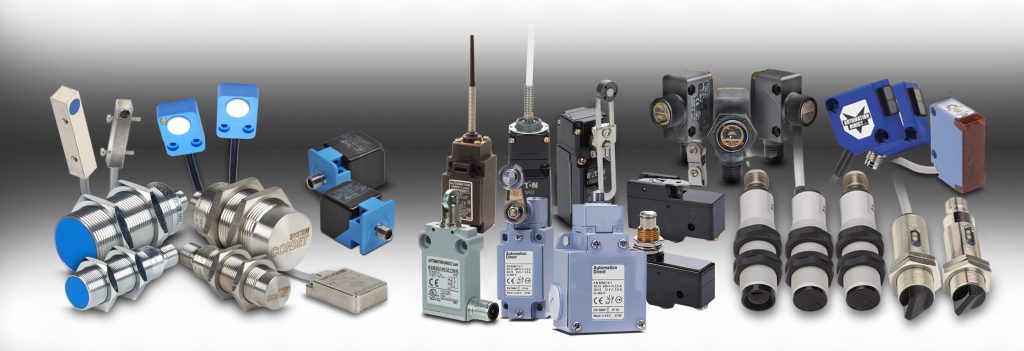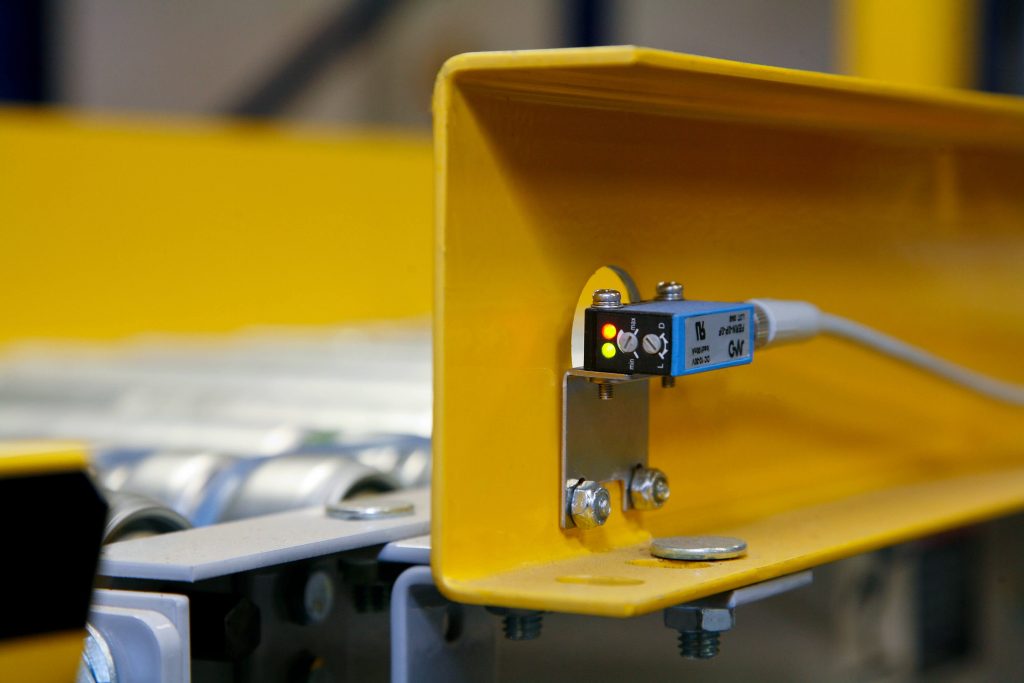Designers need to be familiar with the many discrete object sensing technologies so they can specify properly-performing and cost-effective products for their applications.
Bill Sonnenthal, technical marketing engineer for AutomationDirect, wrote an article for the June 2022 issue of Industrial Equipment News titled Expanding Equipment Sensor Options. Here’s a summary, click on the link above for the full text.
Even today, some industrial equipment operates with basic hardwired sensors and control circuits. But it is much more likely for modern systems to be heavily instrumented, and automated by PLCs. Therefore, designers should understand the variety of discrete object detection methods available for their applications.
What is Discrete Detection?
The term “discrete detection” refers to sensing methods use to identify the presence—or the absence—of a physical object, providing a “yes/no” signal. The object might be a machine component, or the product or material being handled.
Some sensors, like electromechanical limit switches, require direct physical contact, but this leads to wear of the device and can mar the target. More advanced electronics-based technologies are therefore usually preferred, here are some typical types of these devices:
- Mechanical limit switches: Available with many types of physical arrangements.
- Magnetic proximity: Senses magnetic targets.
- Inductive proximity: Senses metallic targets.
- Capacitive proximity: Senses all types of materials.
- Ultrasonic sensors: Detects clear or impeded paths using sound.
- Photoelectric sensors: Uses various types of light to detect targets.

Sensor tradeoffs involve finding the right technology, a workable installation form factor, suitable environmental ratings, and an acceptable price/performance ratio.
Capable Connections

Many sensors operate at 24V DC or 120V AC, with two or three wires to provide a normally-open or normally-closed signaling contact to an electrical circuit or PLC input. In recent years, many OEMs have moved to using 24V DC three-wire solid-state sensor types, which require users to coordinate the NPN/sinking or PNP/sourcing electrical design.
Typical sensors are “read only,” but newer electronic versions, using a communication protocol such as IO-Link, offer a standardized way to provide both input and output data over a cable running from a smart sensor to a PLC I/O module.
Finding the Best-Fit Sensor
Because there is no universal best sensor technology, designers need to know their options. AutomationDirect offers a broad portfolio of sensor types and connectivity options, with a support team to help designers find the best-fit products for automating their equipment.

